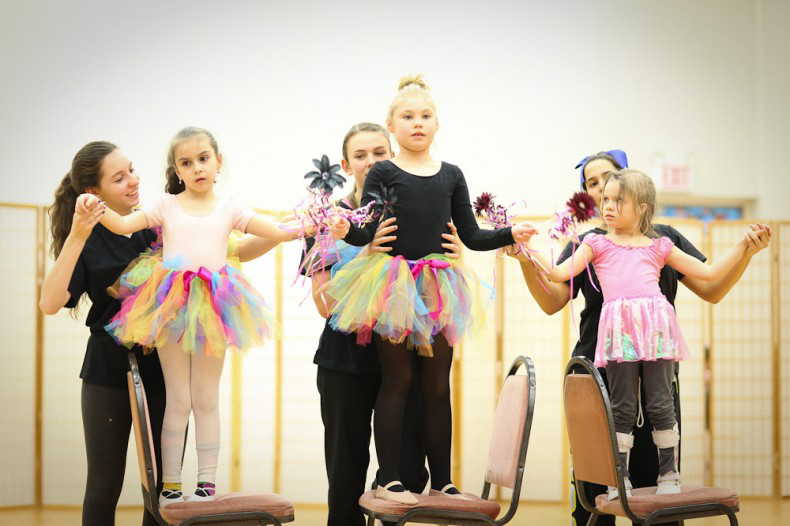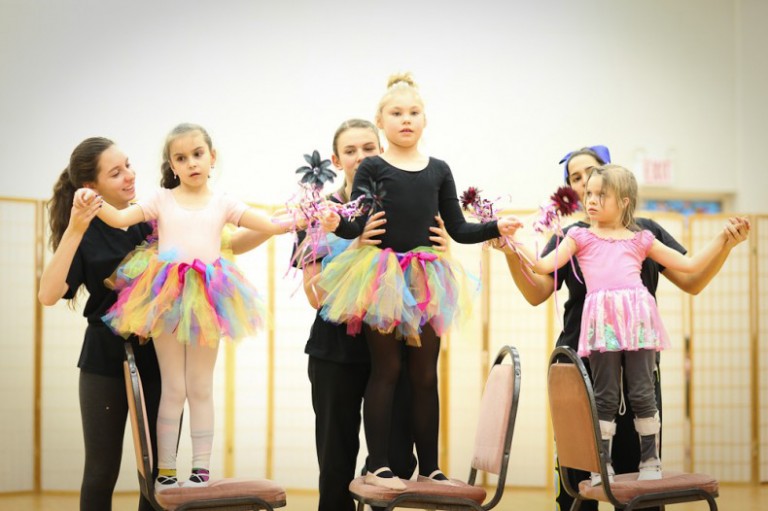
Dance is a terrific form of self-expression, exercise and creativity for all children, but to students with special needs, dance can make an invaluable contribution. It offers a combination of cognitive and physical benefits for children and young adults especially those with mental challenges that are accompanied by severe physical limitation.
Danielle Czech, a Special Education Cluster Teacher for Dance and Performing Arts at P233Q, the School of Construction Trades, Engineering and Architecture in Ozone Park says the difference dance can make in the lives of these individuals is astonishing.
“Dancing can bridge gaps in these kids that traditional learning can‘t approach,” says Czech. “It provides a mechanism to interact socially which is outside convention and at the same time provides for spatial learning.” Czech says among her students, body awareness is important in the development of spatial orientation. “These kids don’t have a perception of the space their own bodies take up and misjudge distances and bump into things all the time.” Dance, she maintains, helps with development of motor skills. Creative movement classes focus on body awareness, motor fitness, rhythmic skill, strength, flexibility, coordination, endurance, and physical vitality.
The 28-year-old has been teaching among special population for 5 years and typically leads 54 students through movement and performance productions each year that have included holiday presentations, a full scale production of The Wizard of Oz and many other performances.
Another immeasurable benefit is that children with special needs can participate in dance studies at their own level and ability. Those with physical challenges can explore body parts or keep a beat by blinking their eyes. They will respond in their own unique way. Props, like feathers, can be placed or attached in an appropriate area of the child’s body or on equipment. Children with special needs can feel a sense of belonging to a group and experience the joy of learning.
In addition to the multitude of benefits for children with special needs, dance classes/therapy have very positive results for children on the autism spectrum. Also called Autism Movement Therapy, there is an infusion of rich sensory /motor experiences for children with autism and studies show that it may minimize the frequency and intensity of negative behaviors. The calming and relaxing effects of dance also help children on the spectrum control and regulate emotions while playing with other kids in age-appropriate activities.
Children emerging from dance therapy have done so with a demonstrated joy of learning, increased harmony in their relationships with other children, a better self-image and equipped with improved problem solving skills.
Seek out programs that will help you explore these options to meet the needs of your children. Don’t let them miss out on the opportunity to enjoy dance and reap its obvious rewards.
By Patricia Adams

